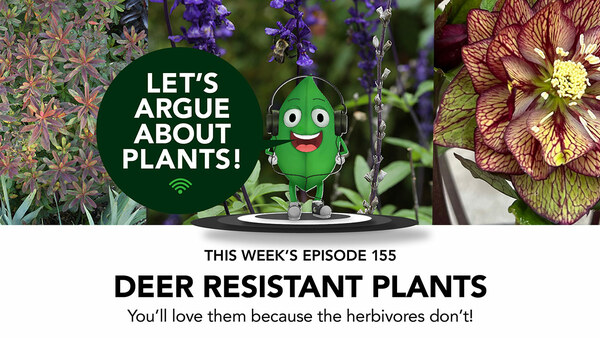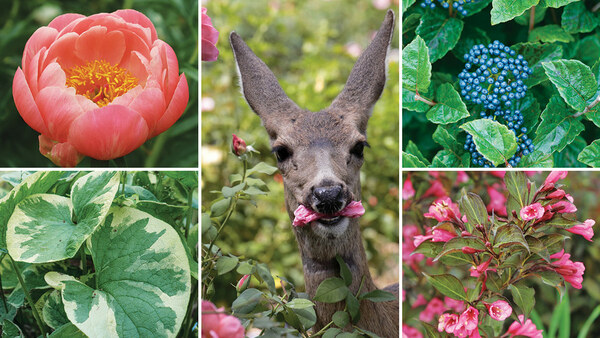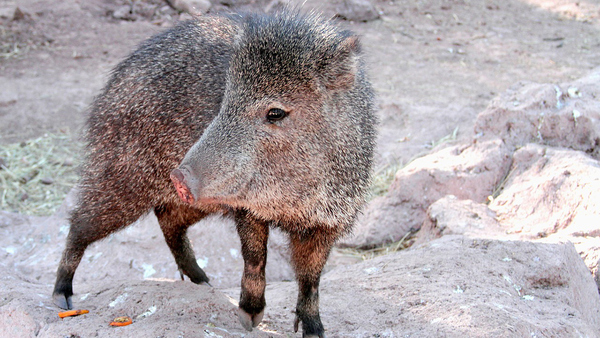
I asked four horticulturists from around the country with decades of gardening experience how they deal with deer. Here are some of the strategies they use and advice they give for managing hungry herbivores in the garden.
Use their behavior to your advantage (pictured above)
I find it’s important to remember that deer not only are creatures of habit but are highly curious as well. Use this information to work with them in your landscape. You can alter their behavior by introducing sacrificial plantings or give them overturned soil to explore if you need to distract them from newly planted specimens. Employ their appetites to keep unruly plantings along borders trimmed tightly to fence lines, or to help with perpetual canopy trimming to allow for sunlight or open views.
—Anna Brooks is the owner and operator of Arcadia Gardens in Bridgman, Michigan.
Experiment with spray

Other than plant choice, the two biggest defenses you have against deer are fences and deterrent sprays. These are often vital to protecting the investment in your landscape. If the thought of having to spray a large property makes you anxious, you can investigate local companies that will do the spraying for you. I’m very lucky to know of a service that works 90% of the time, and I recommend this service to my clients.
—Susan Cohan is the owner and operator of Susan Cohan Gardens in Boonton, New Jersey.
Choose fibrous or smelly plants

Fencing is often impractical in desert settings, so my strategy for minimizing deer browsing in southwestern gardens is to select plants with fibrous, aromatic, bitter, or resinous foliage or sap. Two of my favorite aromatic perennials are Damianita daisy (Chrysactinia mexicana, Zones 7–11) and Mexican oregano (Poliomintha maderensis, Zones 7–11). For succulents, I like the bitter and waxy-sapped candelilla (Euphorbia antisypilitica, Zones 7–10) or the very fibrous bear grass (Nolina macrocarpa, Zones 6–10).
—Scott Calhoun is the owner and operator of Zona Gardens in Tucson, Arizona.
Protect shrubs with netting

Though I try to choose deer-resistant plants for my Pennsylvania garden whenever possible, there are some plants I won’t garden without (like gooseberries; pictured), even though the deer like them as much as I do. For shrubs in this category, I use deer netting to minimize damage. I cover the entire plant and leave it in place year-round.
—Jessica Walliser is the author of Attracting Beneficial Bugs to Your Garden and the owner of SavvyGardening.com.
Karen Chapman is a landscape designer in Duvall, Washington, and the author of Deer-Resistant Design: Fence-Free Gardens That Thrive Despite the Deer.
Fine Gardening Recommended Products

Scotts Cordless Grass-Shear/Shrub-Trimmer Combo

DeWalt Variable-Speed Cordless Reciprocating Saw

Black and Decker 22-inch Cordless Hedge Trimmer

DeWalt Variable-Speed Cordless Reciprocating Saw with 6-Piece Saw Blade Set


















Comments
Log in or create an account to post a comment.
Sign up Log in